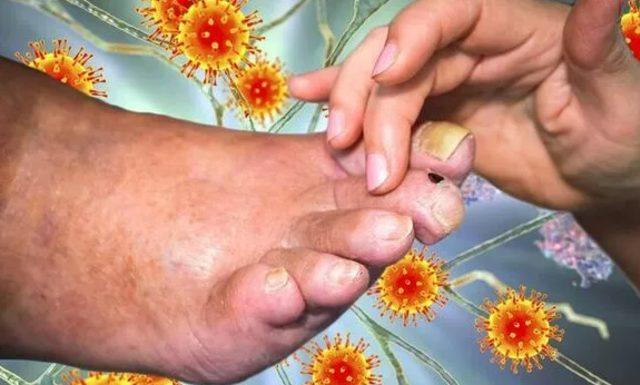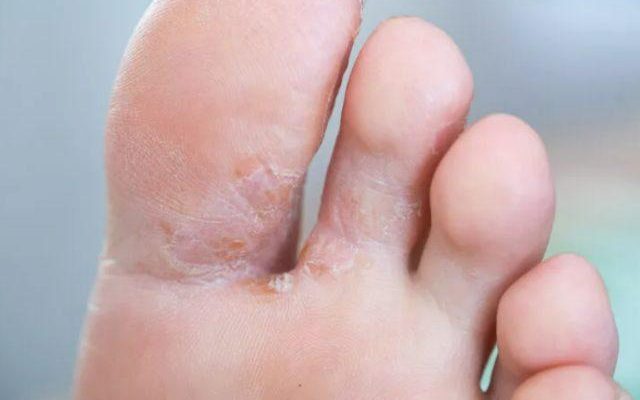Changes in the nails can be a sign of different diseases. Experts warn about following the changes in the body and making the necessary examinations. According to experts, changes in the nails can indicate very serious diseases. Changes in nails are among the first symptoms of dementia, which we can define as symptoms that affect memory, thinking ability and social skills.
ATTENTION TO SKIN CHANGES
Many studies so far have revealed that changes in hair and nails can occur along with cognitive impairment. A report entitled “Skin lesions: a valuable marker in the diagnosis of dementia syndrome” raised the issue of the presence of skin lesions in Alzheimer’s disease. The report study draws attention to the characteristic skin lesions associated with certain types of dementia syndromes.
CHANGES IN HAIR AND NAILS ARE IMPORTANT
“In Alzheimer’s disease, lesions occur in the hair and nails, and the sympathetic sudo-secretory skin response is impaired,” he says. “Therefore, it seems that the skin manifestations associated with dementia syndromes can serve as a valuable marker in the diagnostic process.” The skin lesions that are characteristic of Alzheimer’s disease often result from poor hygiene, according to the report. Occasionally, however, excoriation disorders may occur, describing chronic skin picking or mycoses.
SEEN IN 70 PERCENT OF PATIENTS

The report claims that 70 percent of patients suffering from Alzheimer’s disease experience changes in the hair and nails. In addition to specific skin symptoms, the study draws special attention to the lesions of nails in Alzheimer’s disease. “Studies show a correlation between a decrease in mercury concentration and the duration and severity of dementia.
SEEN IN THE EARLIEST STAGE OF THE DISEASE

“Changes in the concentration of micronutrients (calcium, magnesium, mercury, potassium, zinc, bromine, cobalt) in the nail plate are observed in the earliest stages of the disease.” The authors add: “Dementia is often accompanied by skin lesions from neglected hygiene, bedsores, counselling, mycoses, bacterial sores, and itching.”
ATTENTION TO SYMPTOMS

However, sometimes skin lesions such as itchy skin, cutaneous discoloration, and allergic reactions occur as a side effect of the drug. Considering the dermatological aspects in various dementia syndromes, the following can be distinguished:
- Skin lesions caused by neglected hygiene
- Itching
- Iatrogenic lesions
- Skin lesions that are part of a syndrome accompanied by dementia
- Lesions associated with dementia of vascular origin
- Hair and nail disorders in Alzheimer’s disease
- Skin as the location of diagnostic indicators of dementia.
WHO ARE AT RISK?

Age is a major risk factor for dementia, with 20 to 50 percent of patients over the age of 85 affected. In centenarians, the proportion of the population affected is as much as 60 percent. Recognizing the characteristic of each dementia condition can lead to a timely diagnosis, regardless of the patient’s age. For this reason, anyone concerned about memory problems or thinking skills is advised to talk to their doctor for further testing.
